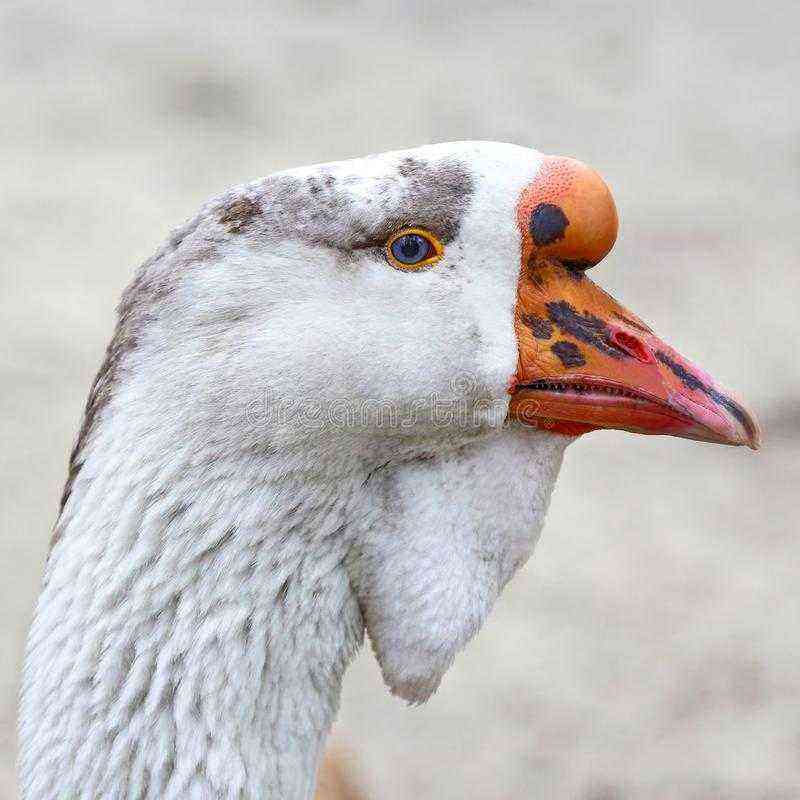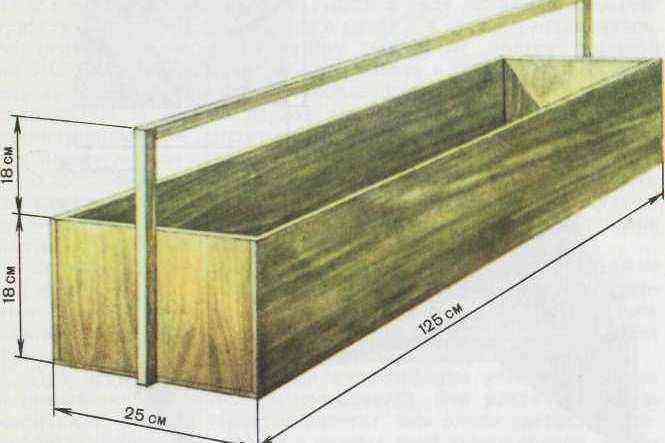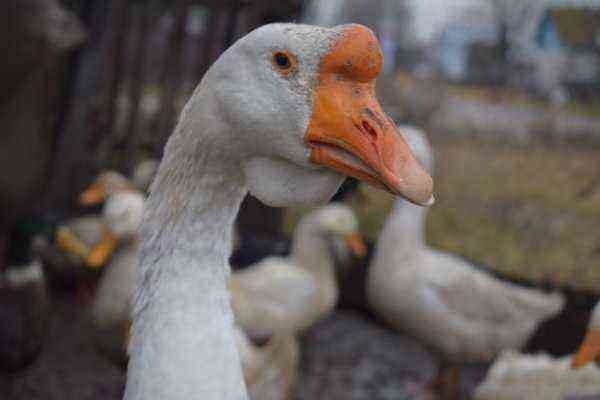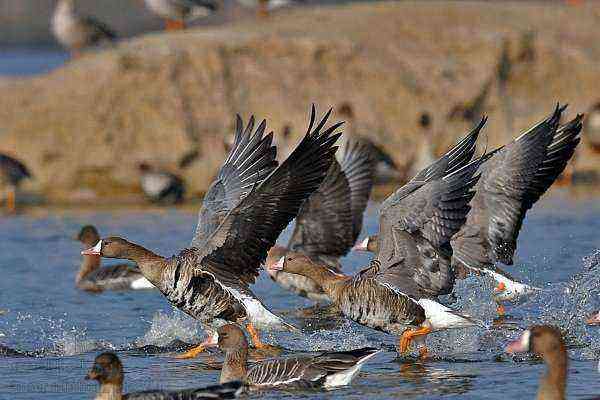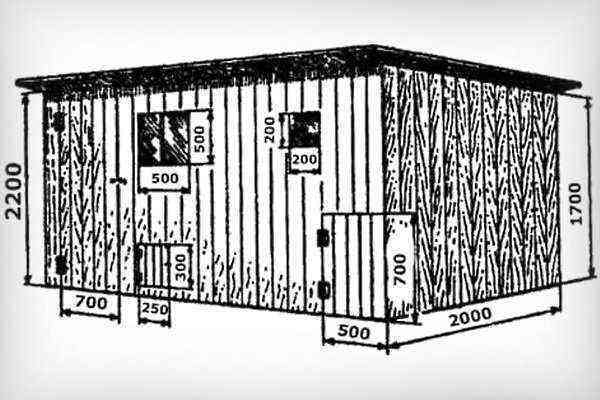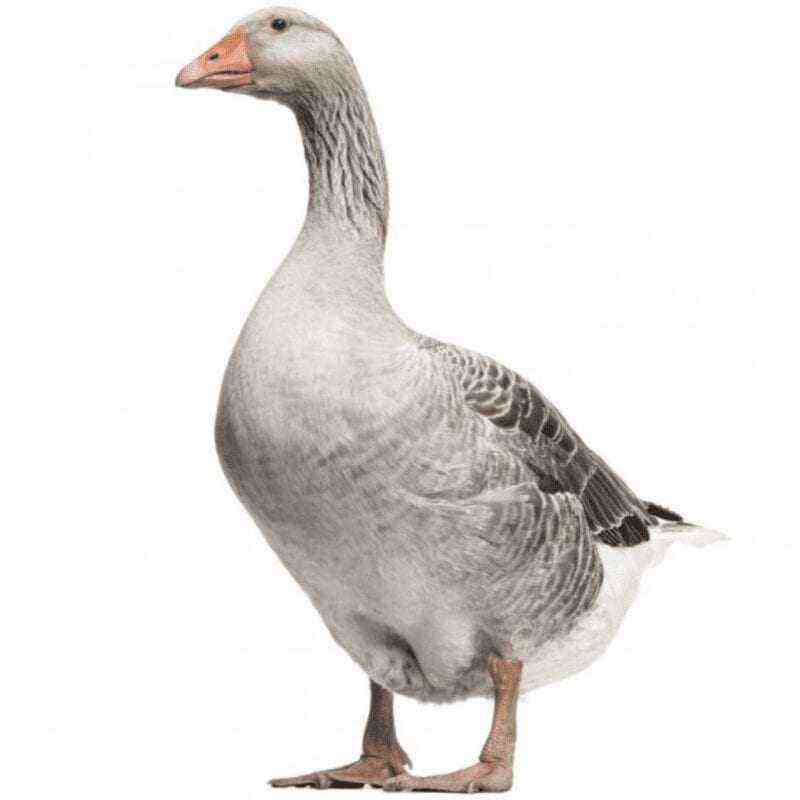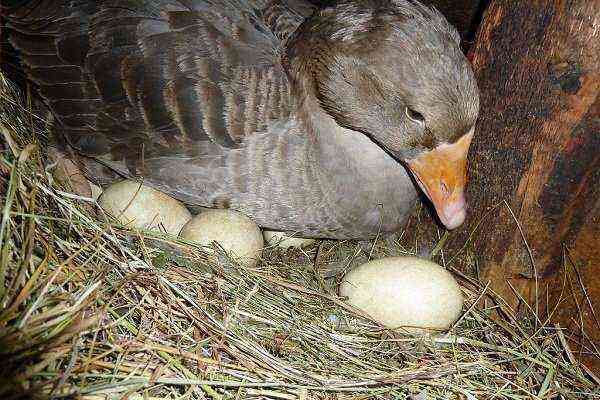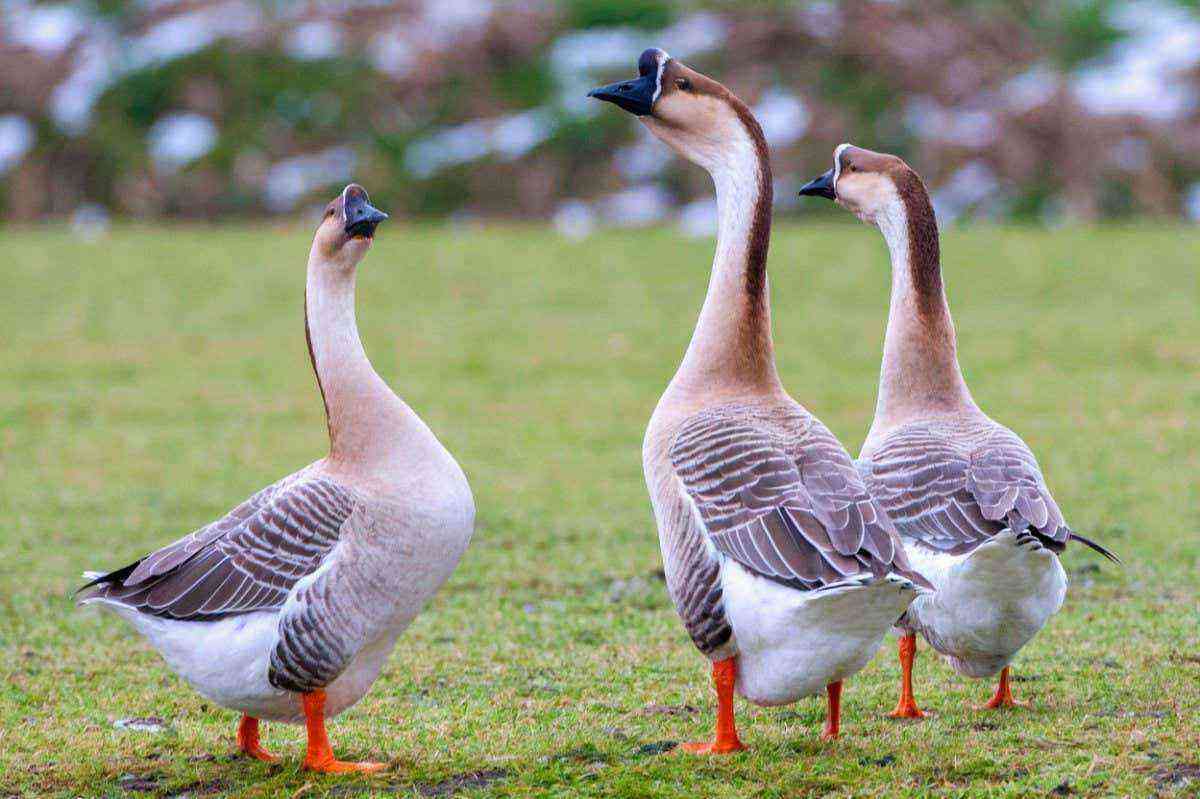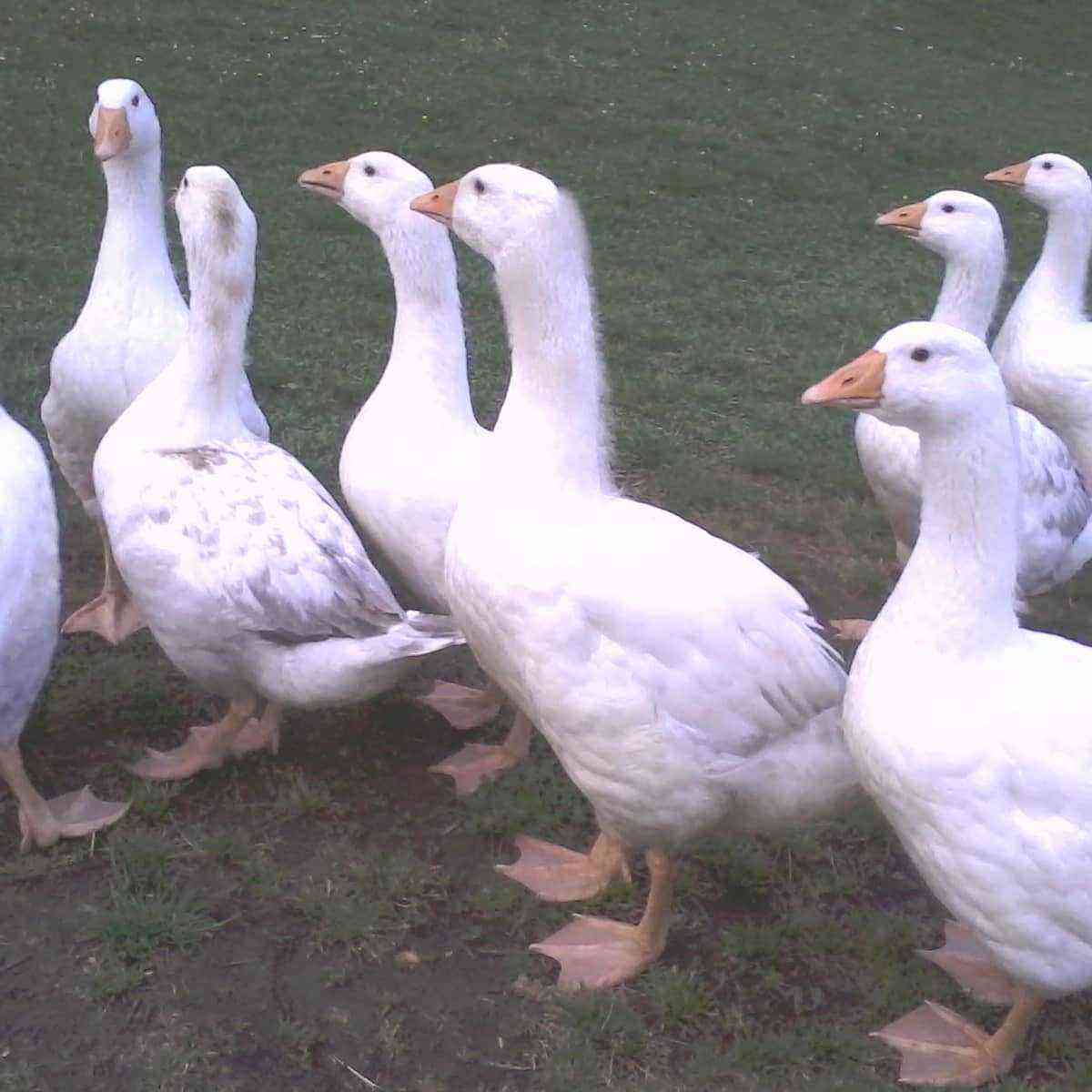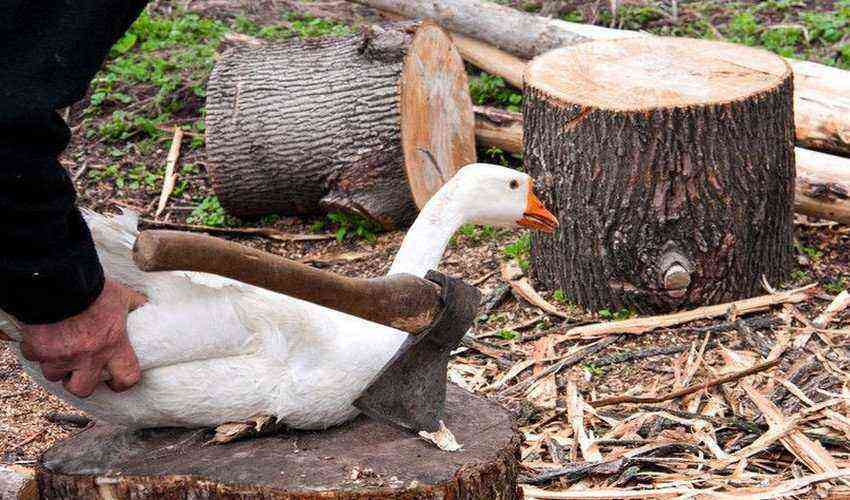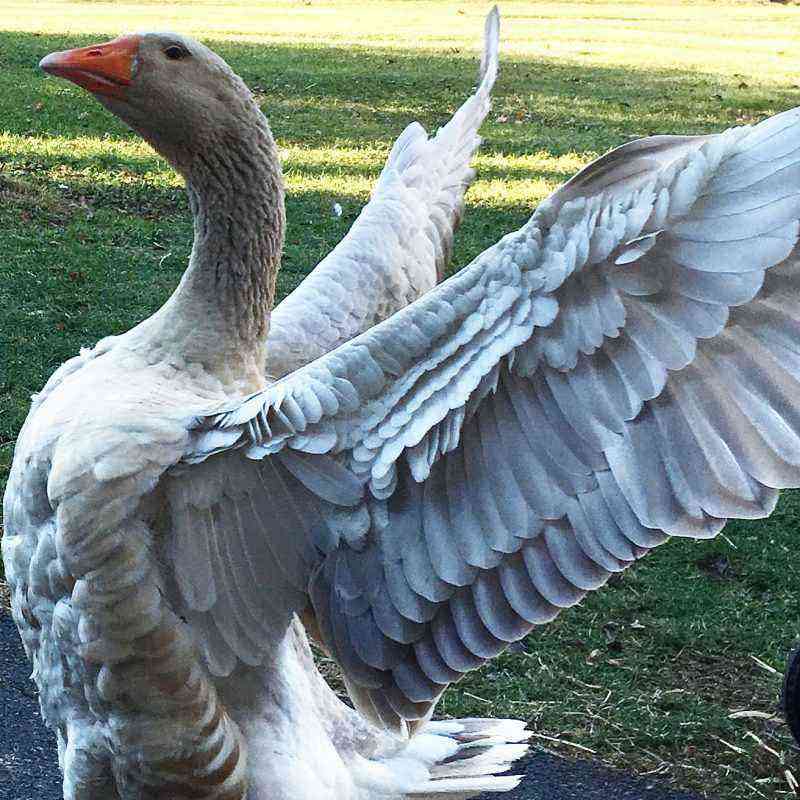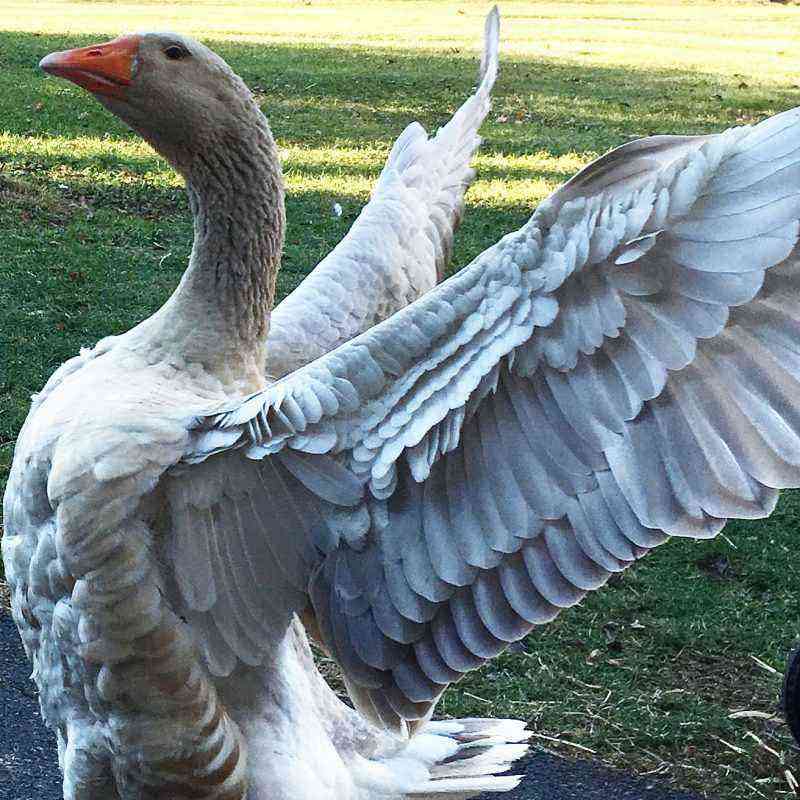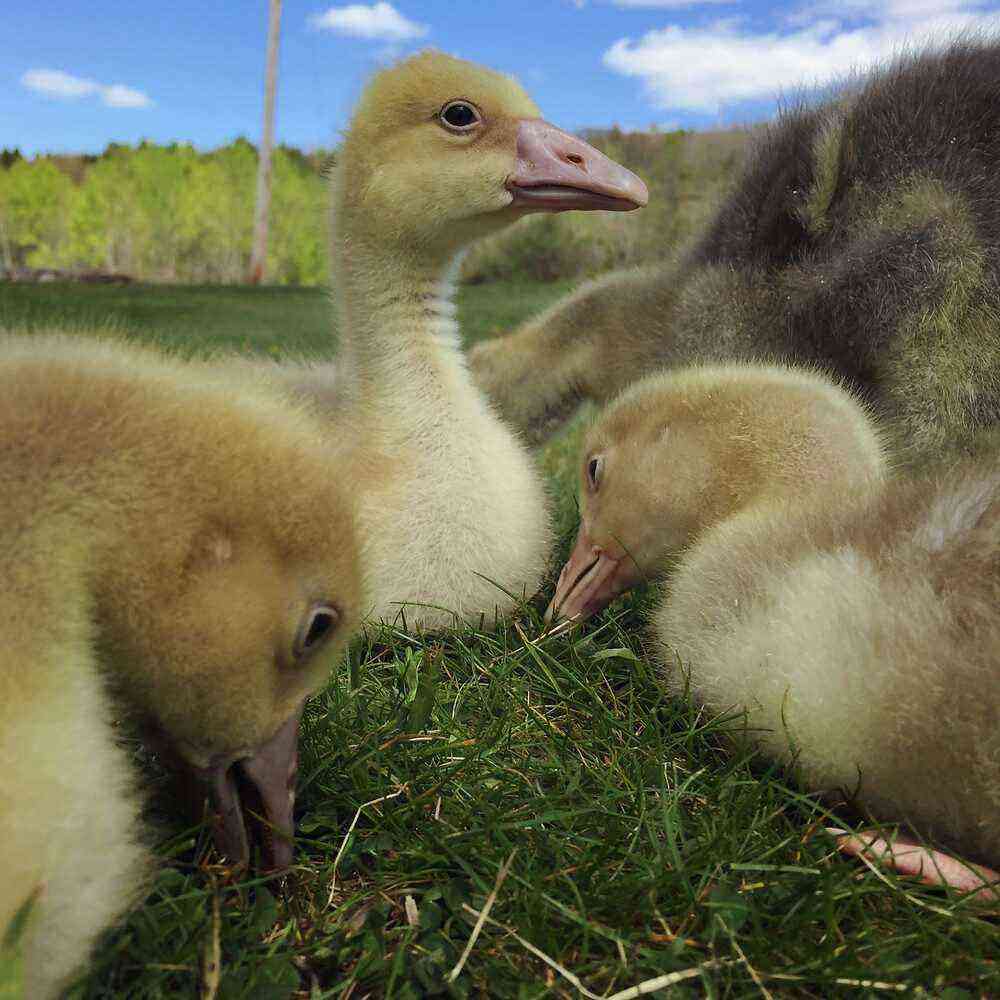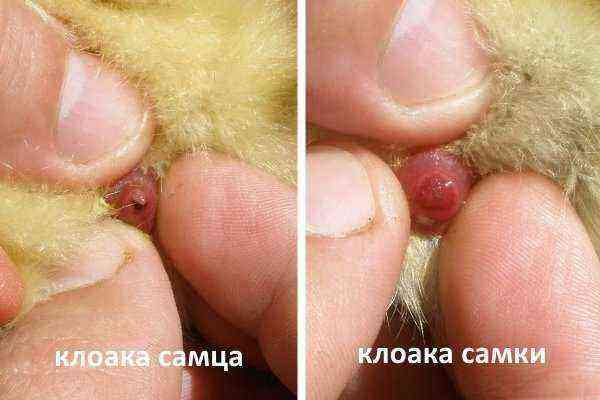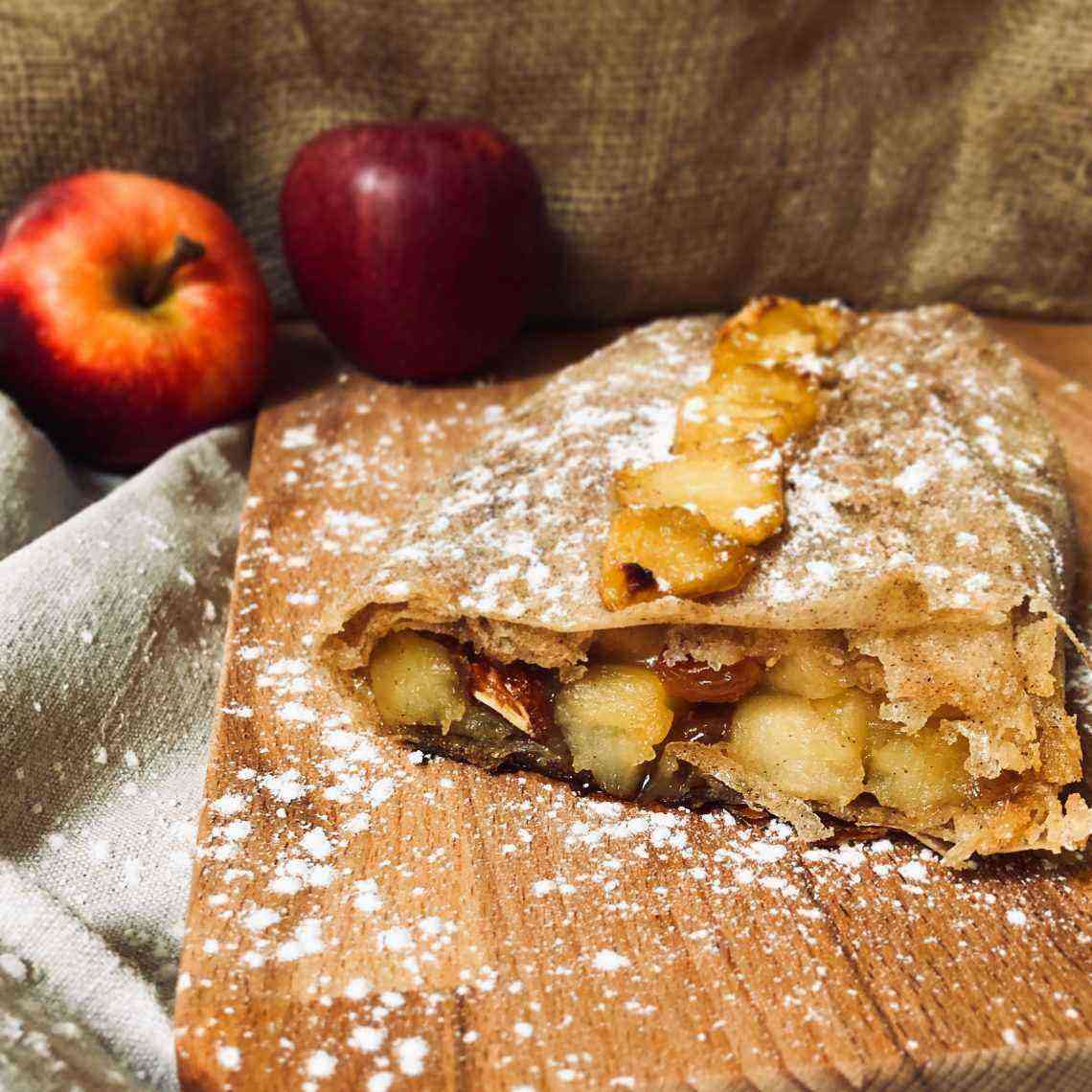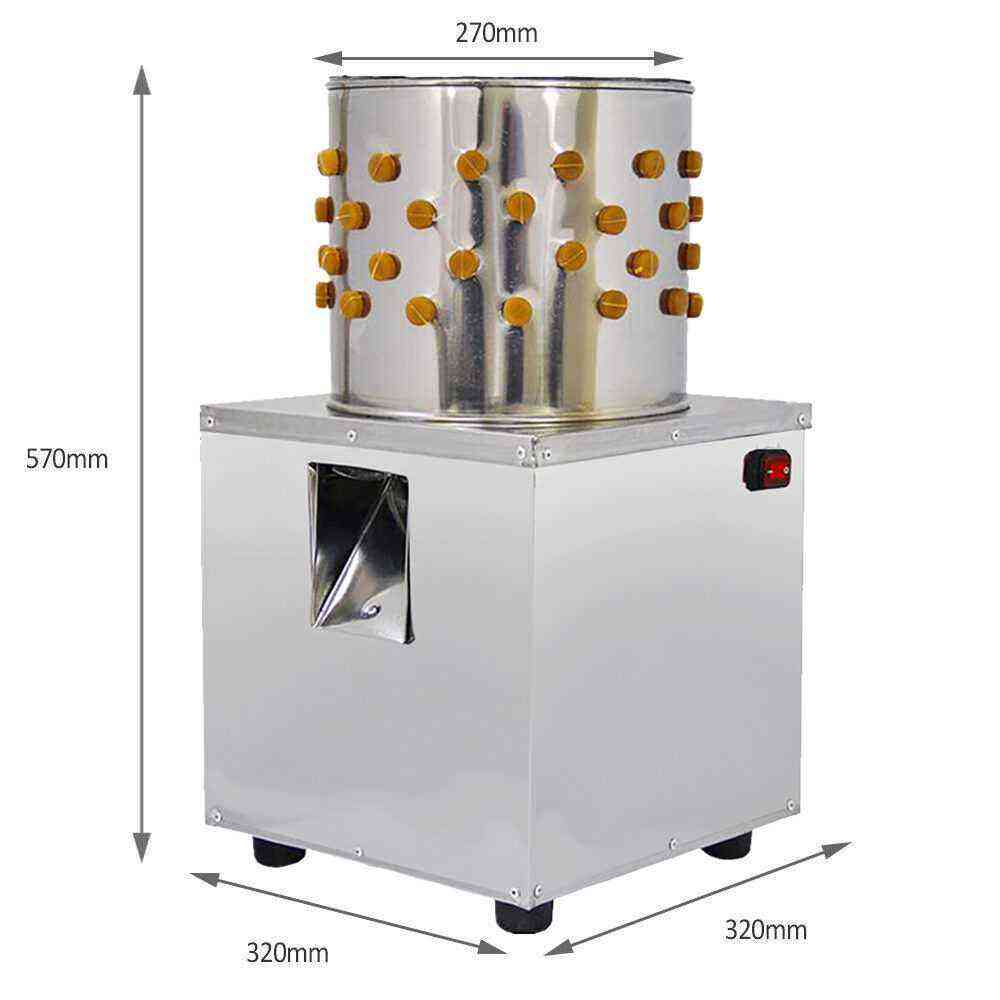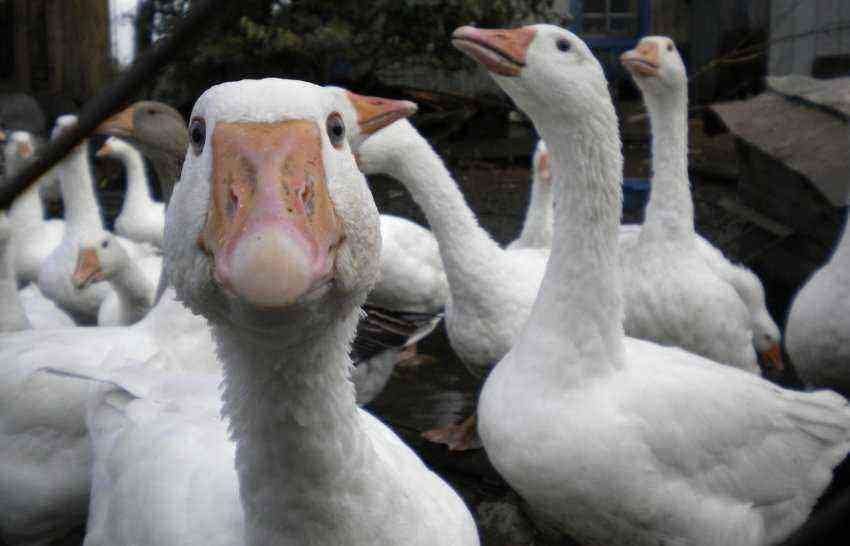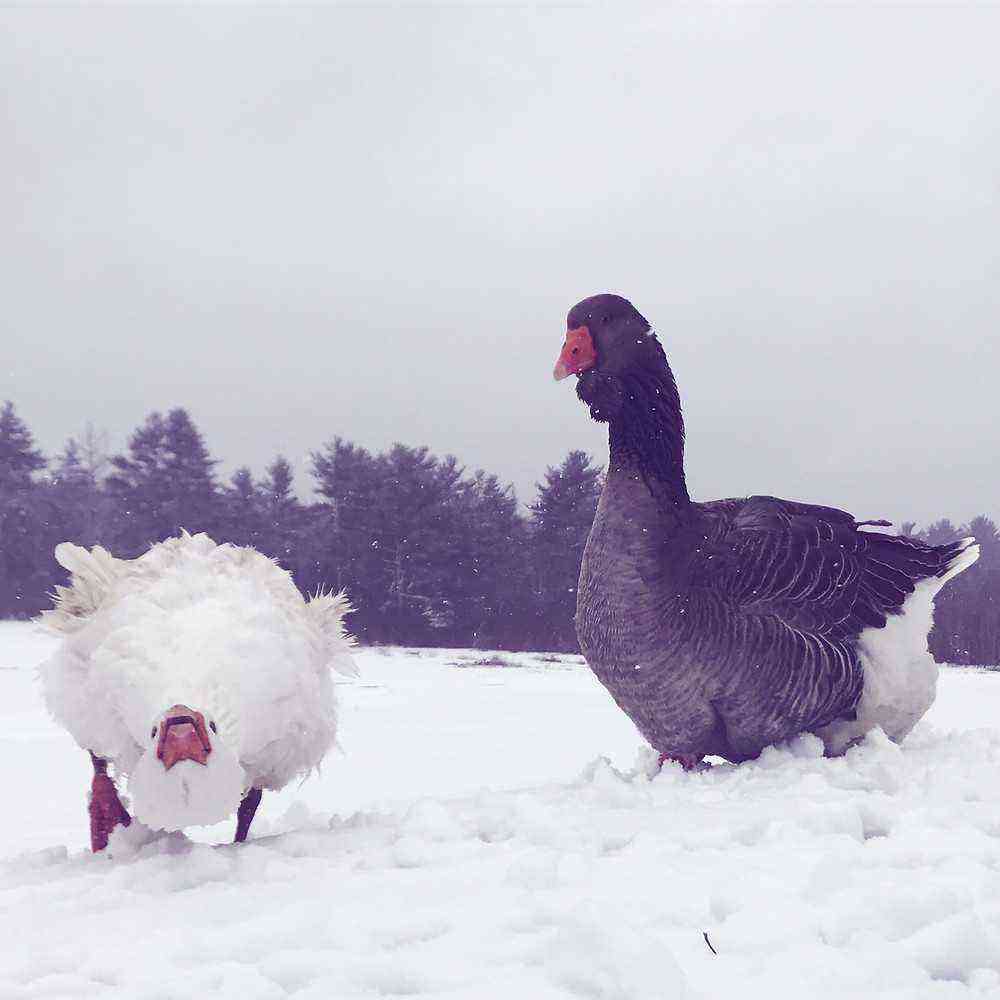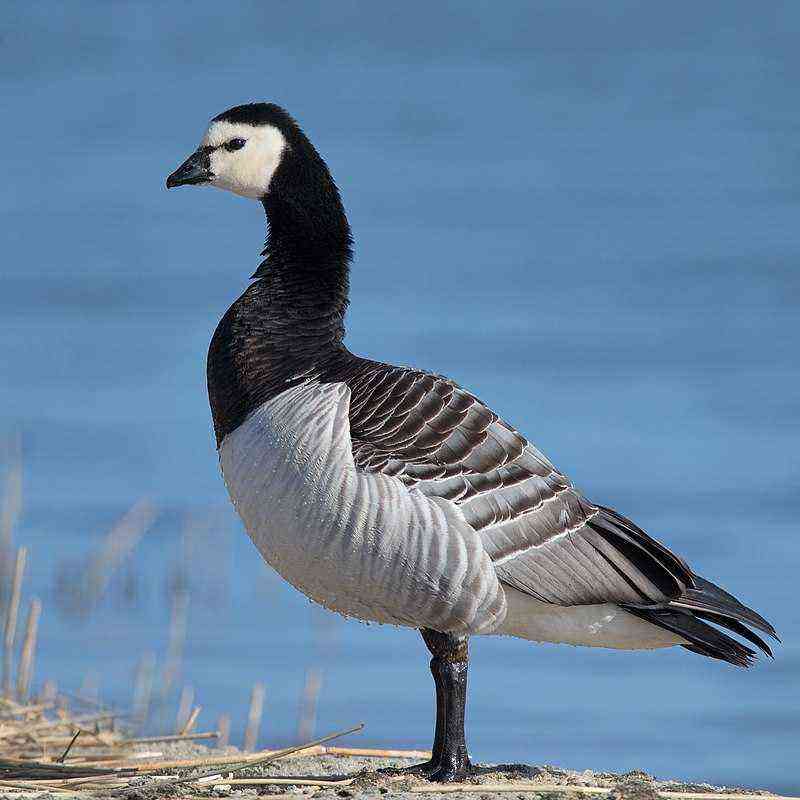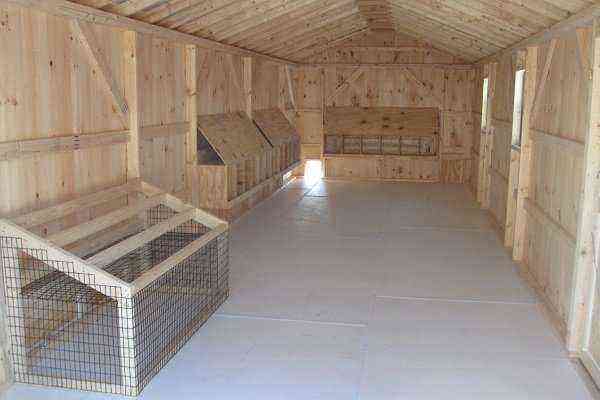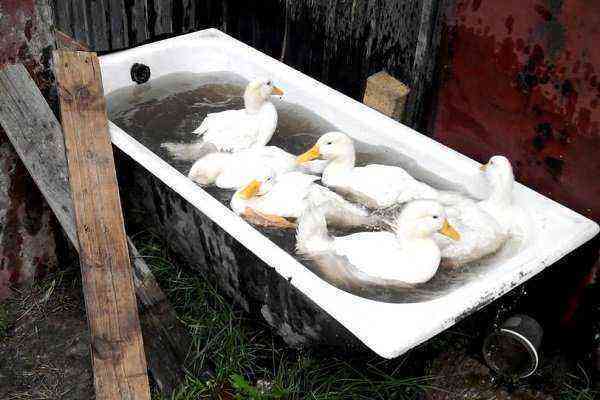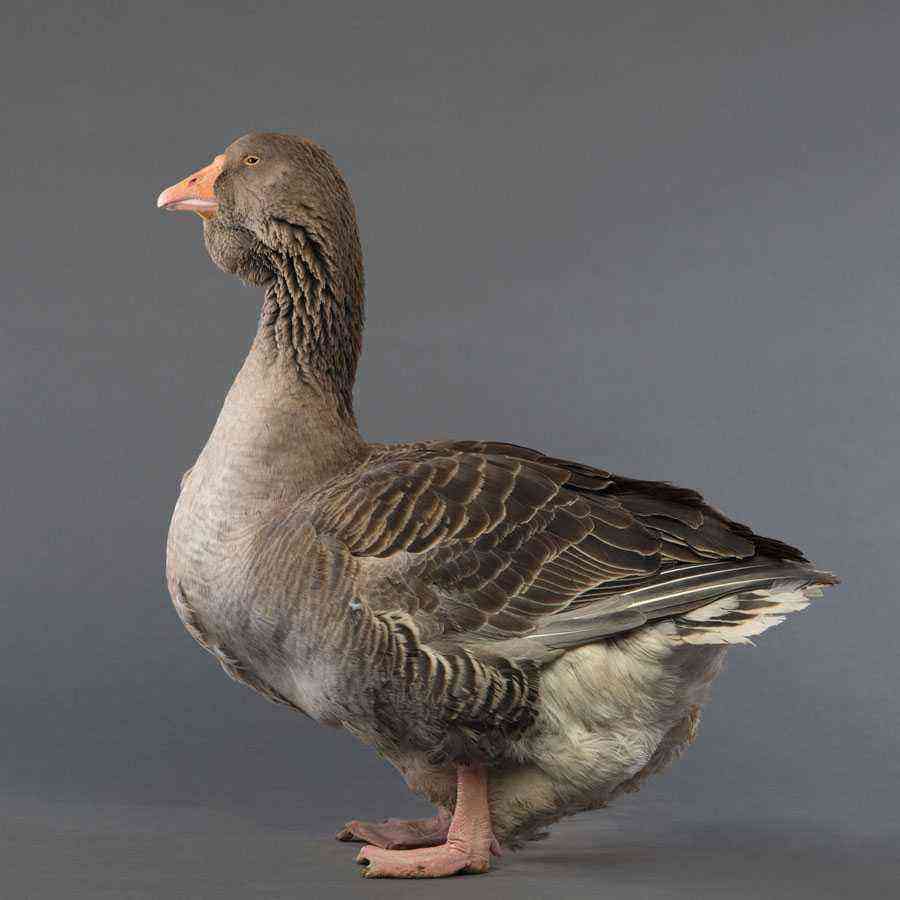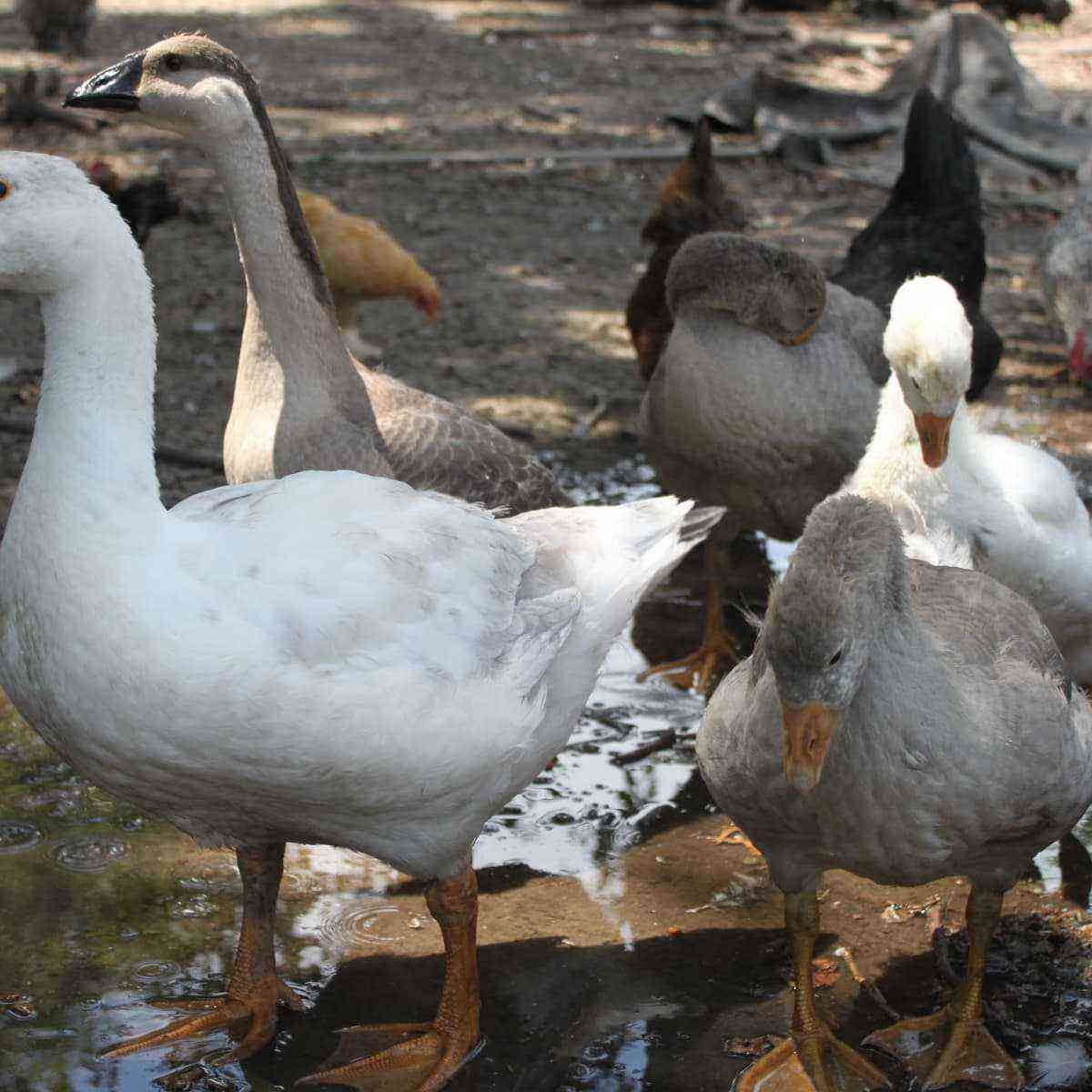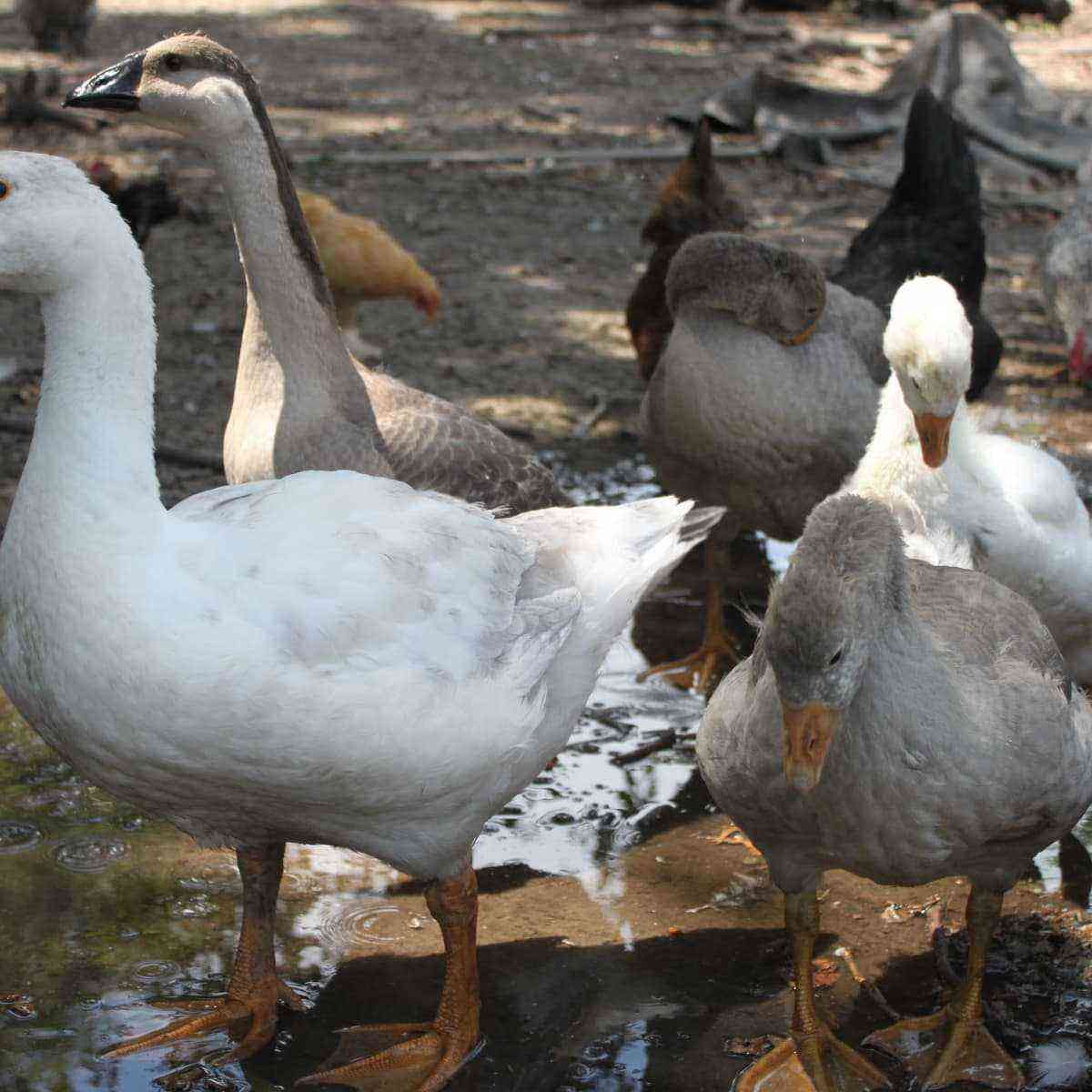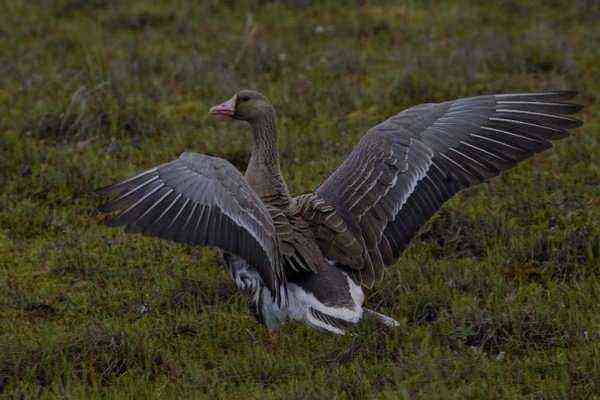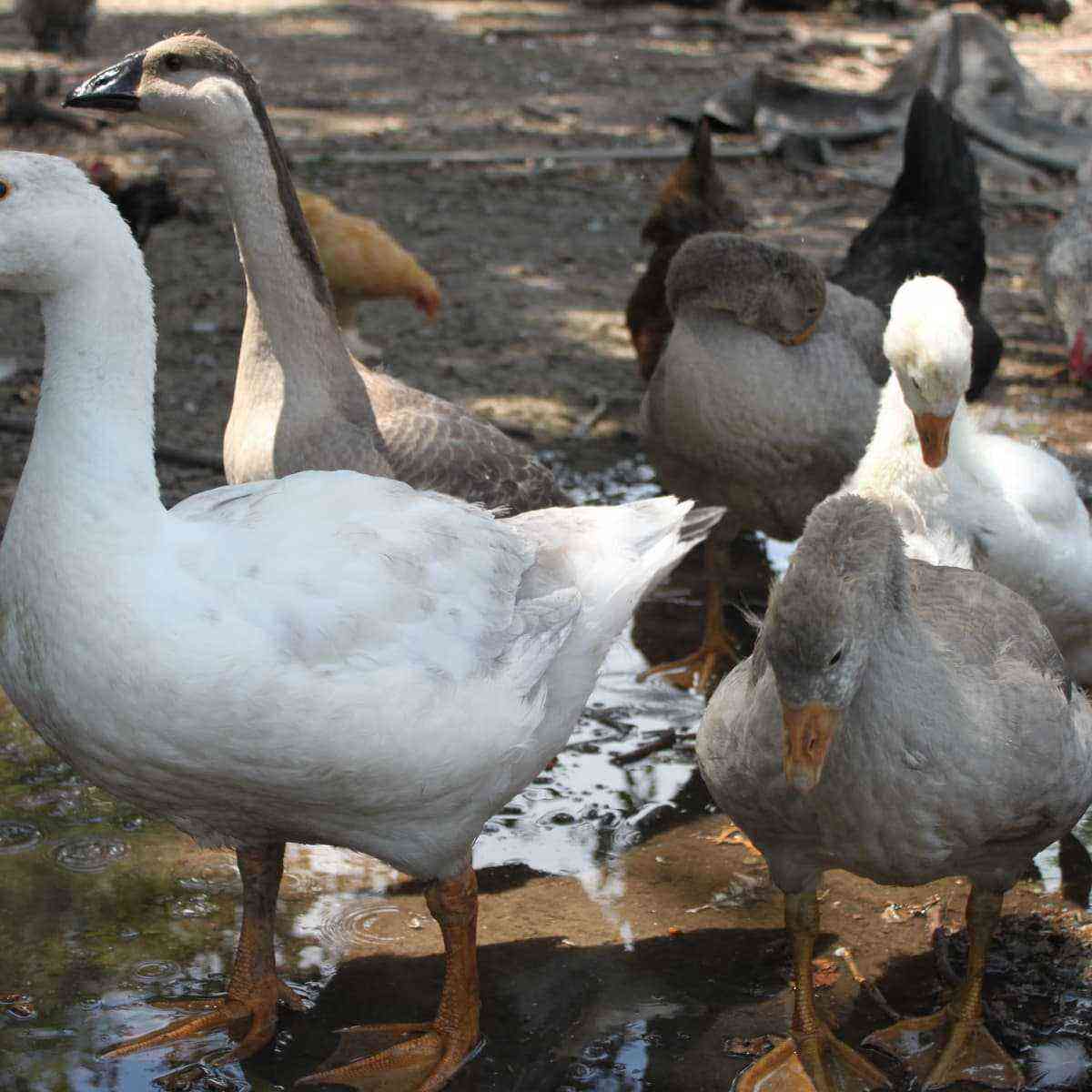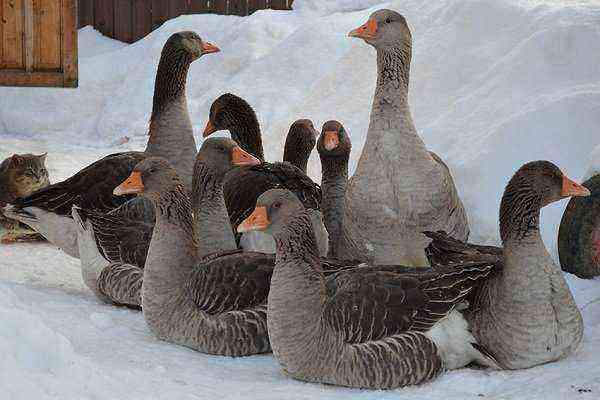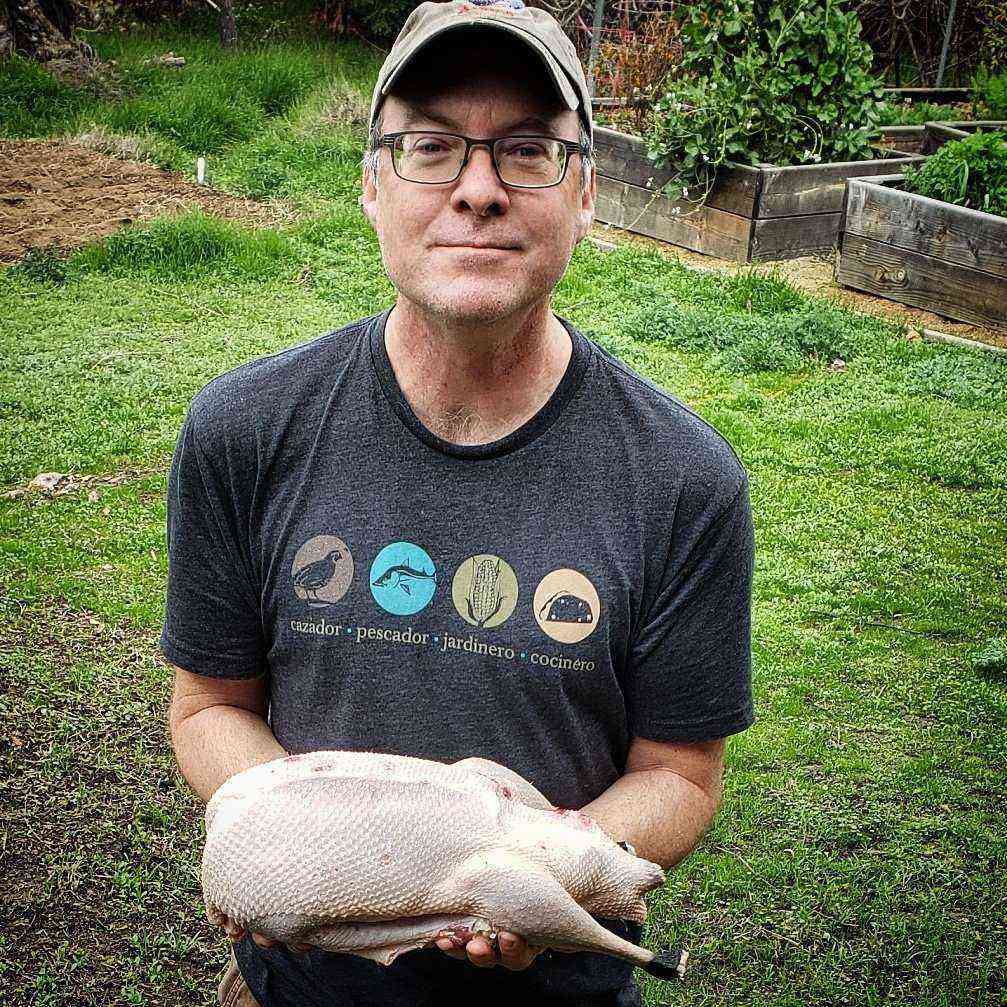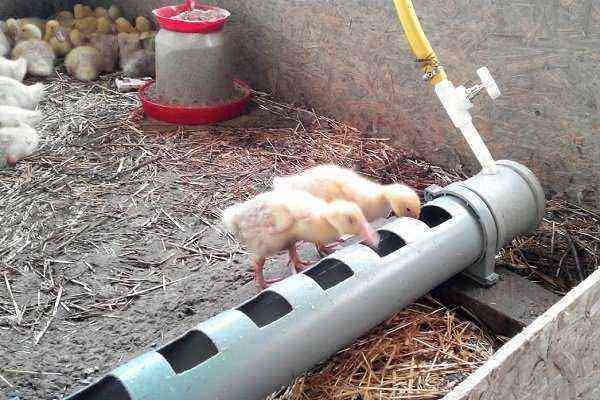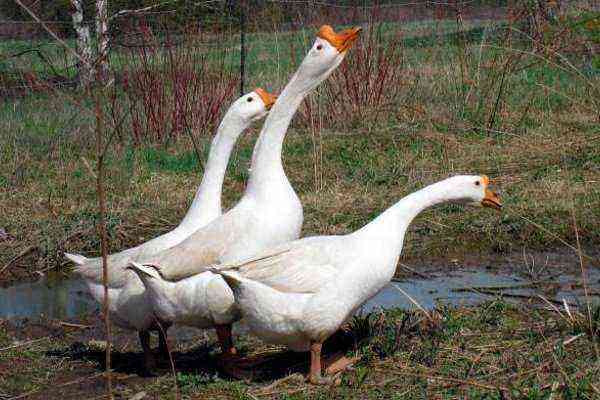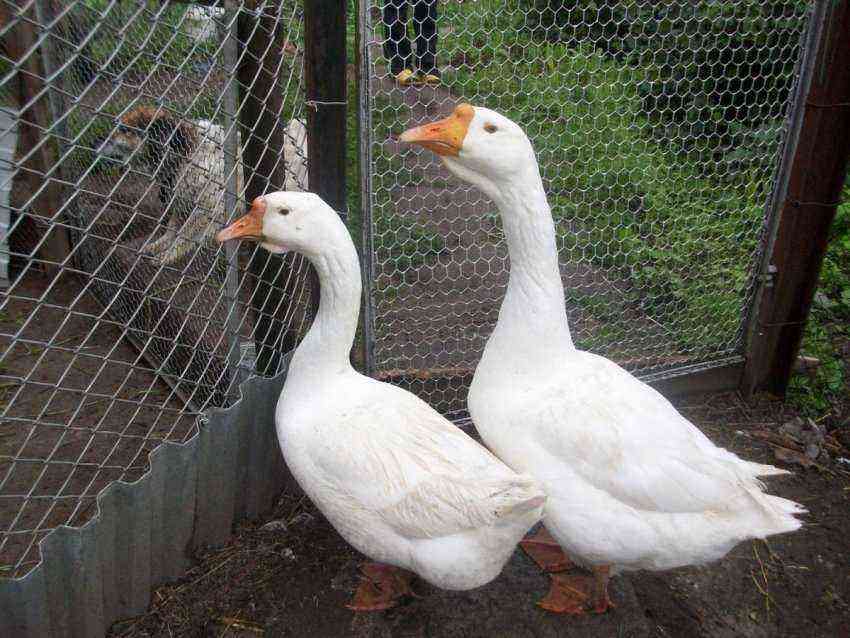Breeding geese today is quite profitable, since these birds not only provide a lot of juicy, nutritious meat, but are also able to bring large eggs to the family. The technology of raising animals is quite complicated, but subject to all conditions, you can get a good profit from the sale of meat.
Breed selection
Before you start growing birds, they determine the breed and choose the most suitable option. What breeds of geese are the most popular:
- Large gray geese. Their weight reaches up to 6-7 kilograms. At the same time, the female brings 40-50 eggs weighing 150-200 grams per year. This breed is known for its endurance.
- Chinese geese. The weight of these birds is 5 kilograms. A goose produces 50-60 eggs of small weight per year – 130-170 grams. A feature of geese is endurance, but at the same time they are quite aggressive.
- Lindow breed. Adults are dominated by excellent weight by the slaughter period – 7-8 kilograms. Layers per year give 45-50 eggs weighing 120-140 grams.
- Kuban geese. This is a domestic breed, reaching up to 5,5 kilograms of live weight. The egg production of birds reaches 80-90 eggs weighing 120-150 grams.
- Kholmogory geese. A breed that has a high body weight but low egg production. With a weight of up to 10 kilograms, 30-40 eggs weighing more than 200 grams are brought annually. Birds are distinguished by a calm character, not aggressive.
- Italian geese. The live weight of adults reaches 6-7 kilograms. For a year, the bird brings up to 50 eggs.
- Toulouse geese. This is a French breed, considered the largest – geese reach 10 or more kilograms. But they are distinguished by low egg production – geese produce 30-40 eggs per year, but the weight of one egg often exceeds 200 grams. Despite the calm nature, inactivity, geese are famous for their rapid weight gain.
- Emden geese. A breed that has a low egg production rate, but a decent weight gain, reaching 8-9 kilograms by the period when animals can be sent for slaughter.
- Rhine geese. This is a German breed. The weight of adults reaches up to 9 kilograms. For a year, the goose gives about 40 eggs.
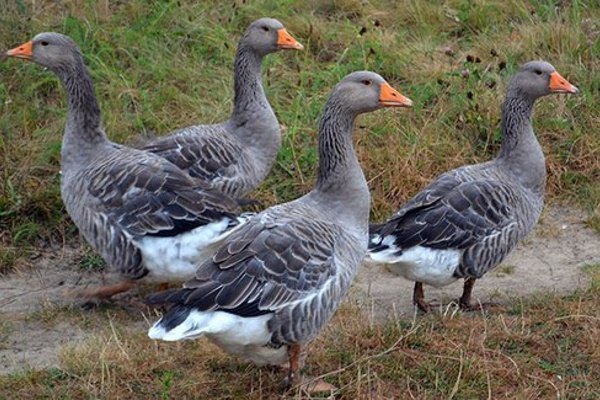
Large gray geese
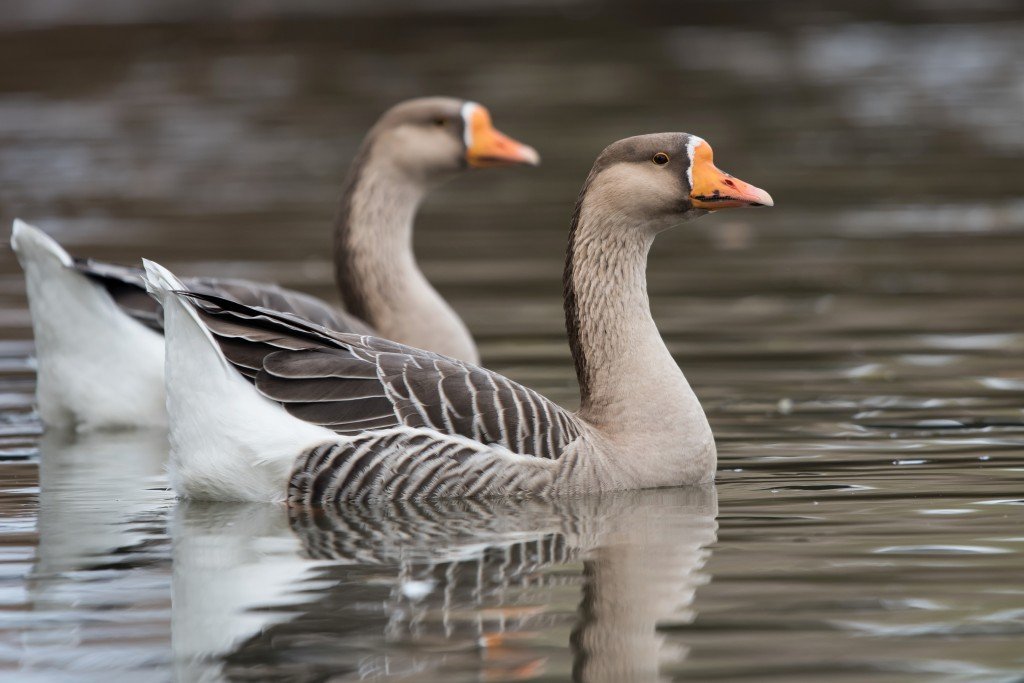
Chinese geese
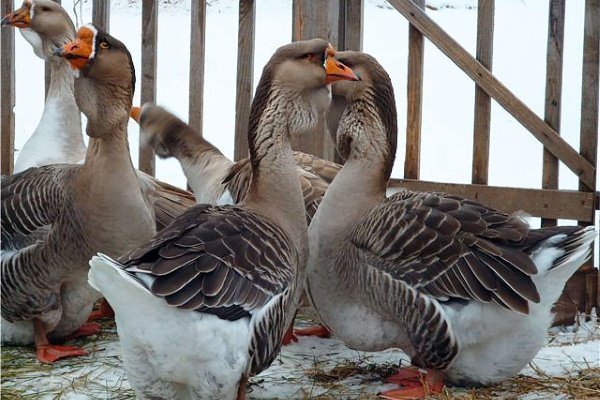
Lindovskaya breed of geese
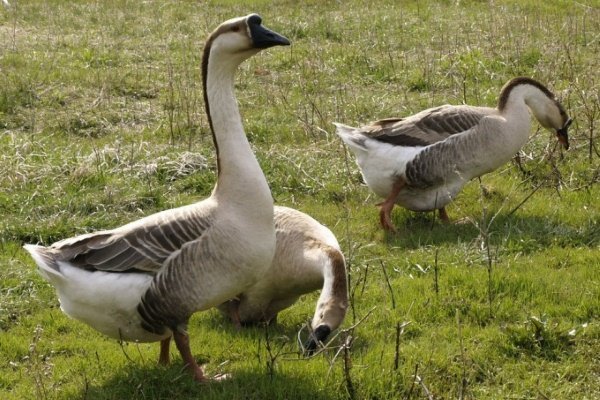
Kuban geese

Kholmogory geese

Italian geese
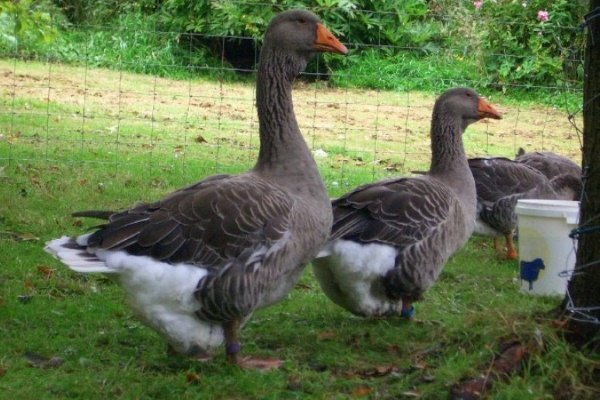
Toulouse geese
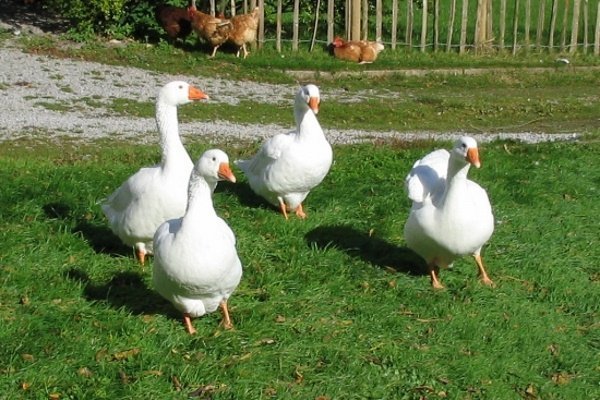
Emden geese
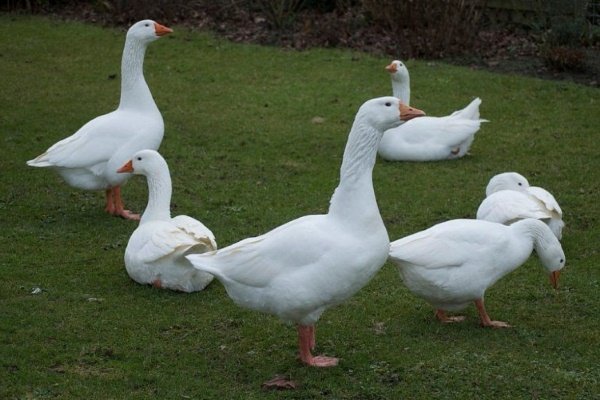
Rhine geese
Geese are birds that do not accept keeping in cages. This indicates the number of minimum livestock. You can breed this bird if there is a free place on the territory of the household for their walking – a pasture with a pond. Geese especially need space. They have to walk and move a lot. Since there are more blood vessels in their muscles, the meat is dominated by a darker shade than that of chickens.
How to raise chicks with a mother hen?
It is believed that hatching chicks from an egg with a mother hen is more correct and better than raising birds in an incubator. But if there is only one hen on the farm, she is able to breed a maximum of 13-14 goals due to the large size of the eggs. If you give preference to this particular method, to begin with, they are engaged in creating conditions.
What rules to follow:
- The temperature in the room should be 14-15 degrees.
- The house must be dry. It is important to ventilate the room, but make sure there are no drafts. Arrange a nest for the goose so that it is spacious. It is separated from other livestock and protected by partitions.
- They keep the hens separate from the rest of the geese, because the geese, during the absence of the expectant mother, can lay eggs in an already hatched clutch. Because of this, the period for obtaining goslings will be significantly delayed, which may adversely affect the further development of the chicks.
- The nest must be dry and clean. If an egg is accidentally broken, immediately remove it and wipe all the rest of the survivors. Partitions between nests are important – so the hens will not roll other people’s eggs towards themselves, because geese have a strong maternal instinct. Due to the excess number of eggs in one nest, the goose simply cannot heat them all at once, and there is also a risk that they may be damaged.
- When the hens return to the nests, each of them should take their place without confusing them.
- During incubation, the water in the drinking bowl of the expectant mother is changed daily – this will help her avoid diarrhea. Geese are fed with selected grain. Further, the hen will independently take care of all the processes during incubation.

The goose itself rolls the eggs in the nest for even heating. If for some reason the bird itself does not return to the nest 20 minutes after eating, it is driven into the house.
The first chicks appear on the 28th day. After that, they are taken from the nests and placed in a separate box, illuminated with a lamp, creating the required temperature regime. After all the chicks appear, they are returned to the goose. In the first 48 hours, you can put a few chicks from the eggs that were bred in the incubator to the mother goose. Do it better in the evening.
Hatching chicks in an incubator
Breeding geese chicks in an incubator is a rather laborious process, since the eggs not only contain a lot of fat, but are also large. If more than 70% of the chicks hatch from one tab, this is considered an excellent result. Features of breeding birds from eggs in an incubator:
- Eggs are selected within 10 days, choosing only healthy eggs that have an ideal shape;
- pre-heat the incubator 3-4 hours before laying, setting the temperature to 39 degrees;
- eggs cannot be washed before laying, but it is allowed to disinfect them using a light solution of potassium permanganate;
- the first 4-5 hours after laying in the incubator, maintain the temperature up to 38 degrees, then lower it to 37,8, and set it to 37,5 degrees in the last few days;
- turn the eggs 6-8 times a day, preventing the shell from sticking to the grid or form, as well as for uniform heating of the product.
In order to avoid the accumulation of harmful gases in the incubator, after 15 days of bookmarking, it is necessary to periodically open it for 10 minutes for ventilation.

Care, rearing and feeding of chicks
It is important to take care of the chicks from the first days of their life, since in the first days the body’s immune system is formed and strengthened. Chicks should eat a balanced diet – this will allow you to grow a large and healthy bird. For each period of growth and development, they make up their own diet. It is necessary to water the newly born goslings well.
Bird care directly depends on their age, therefore, not only a beginner, but also an experienced breeder needs to know all the requirements for keeping such animals.
The first days of life
When caring for chicks during the first 5-7 days, feed the babies with boiled egg yolk. This product is perfectly absorbed by the still fragile organism. Greens are also introduced into the diet, it is better if it is green onions, which are finely chopped beforehand and mixed with the yolk. The first two days you need to feed the chicks at least 7 times a day. It depends on this whether it will be possible to grow healthy birds.
Drinkers are chosen such that the brood does not choke or drown in them. In the house where the chicks are kept, it should be dry.
First weeks after birth
Gradually, with the growth of the chicks, they change the diet, including various herbs in it, adding them to the feed. In addition to green onions, it is recommended to feed the birds with clover, alfalfa. Drinkers should have clean water. Then boiled potatoes and corn porridge are gradually introduced into the diet. All the necessary nutrients and vitamins must be present in the food, therefore chopped vegetables and root crops are introduced into the menu. When preparing cereals, it is important to cook them, observing a thicker consistency. It is better if the animals receive more dry food.
When the chicks are 21 days old, they are gradually transferred to pasture. It is advisable to give the geese the opportunity to graze in the pen in the open air. Together with the grass, the birds feed on mixed fodder and crushed grain. New food is introduced into the diet in small quantities, regularly increasing its dosage.
Drinking bowls must be replaced with more voluminous ones so that the goslings have the opportunity to swim in them – they become small reservoirs. For this, it is best to use bowls or basins, but in which low sides are provided – it will be convenient for the birds to climb into them.

Care in the first months
At the moment when the goslings are 1 month old, they begin to intensively feed them with compound feed, sunflower cake, grain and greens. These products are poured out in an open small pond without a strong current. In addition to grass, geese feed on algae, which has a beneficial effect on the development of birds and weight gain. Be sure to give the birds more greenery – this will not only ensure an increase in mass, but also reduce maintenance costs.
Poultry house arrangement
The main condition for the size of the room for birds is that it should not be crowded. It is unacceptable to keep geese in cages, they must move. Be sure to provide free access to water and food. During the period of growing up, young animals are released into specially fenced pens in the open air. At night, the birds are in the aviary.
Depending on the number of livestock, select the right room. In the first days, the chicks should be kept in cardboard boxes on the veranda or in the summer kitchen. Further, they must be given a place in the house, where good ventilation is provided. It is required to insulate the barn, saving it from drafts and protecting it from the penetration of predatory animals, including rats.
It is recommended to use straw or chaff as bedding. Change bedding every few days – it should be dry. This will protect weak chicks from hypothermia and various diseases. A prerequisite in the poultry house is the presence of windows. Geese only like to be indoors when they are sleeping.
After the birds are 40 days old, they are grazed near the reservoir. But until the moment when they get stronger, in order to defend themselves on their own, a person must be nearby. As soon as the birds gain at least 2 kilograms of weight, they can be sent to graze alone. It is better to release them early in the morning. At this time, the grass is not only nutritious, but also very juicy.
Geese not only find their own food, but also orient themselves perfectly, therefore they will be able to find their own way home. Birds have their wings clipped so they don’t fly away.
Temperature and proper lighting
In the first 7 days of life, goslings need to adhere to a temperature regime in the region of 28-30 degrees. If the natural ambient temperature is not enough, they heat it with heating pads or lamps, which, in addition to light, heat the room. Temperature should be measured at bedding level.
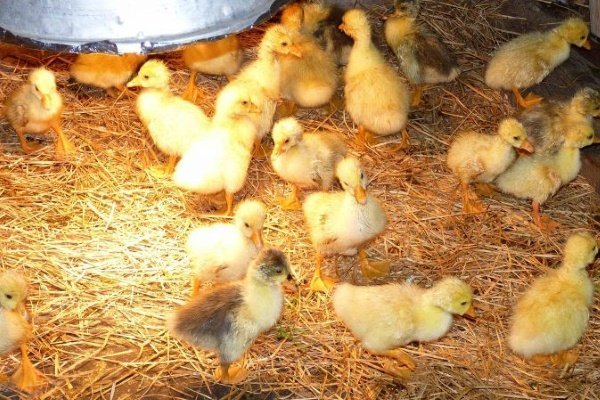
Gradually it is necessary to reduce the temperature to 22-24 degrees. And after the chicks are three weeks old, transfer them to a life mode in natural conditions (weather permitting). In general, adult geese are considered hardy birds because they have a lot of fat, a lot of body weight and warm plumage. They can freely withstand temperatures down to -15 degrees. Lighting in the room should be sufficient to maintain normal conditions with increased daylight hours for more than 14 hours. For this, it is important to use lamps.
Raising birds
If the chicks that have just been born have a weight of only 100 grams, then after 5 months their weight will reach 5-6 kilograms. On average, an animal gains more than 1 kilogram within a month. In order for the birds to be healthy and large, it is very important to carefully and carefully monitor their diet. Depending on the breed, the weight of adults varies between 4,5-10 kilograms or more.
If the main purpose of breeding is to obtain meat, then it is better to keep the birds until they are 2-3 months old. During this period, they gain 50% of the mass of an adult one-year-old bird. Next comes the weight gain.
So, breeding and keeping these birds is very profitable, because they not only grow quickly, but are also capable of producing large eggs, and you can also get high-quality fluff from them. But in order for the cultivation to be successful, it is necessary to create all the necessary conditions for the birds. They should feel free and full.
